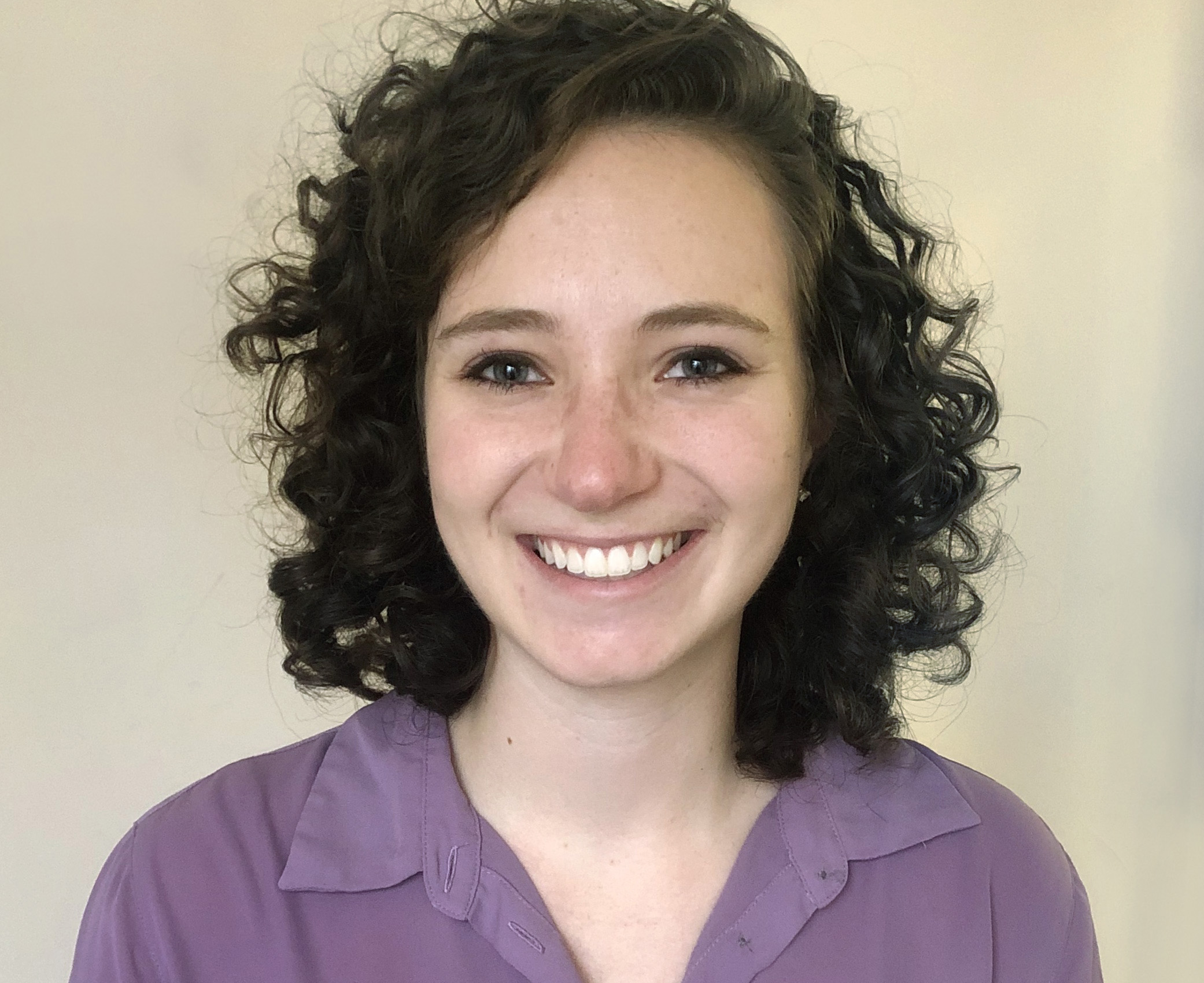As storm clouds lingered overhead, hundreds of participants in the Way of the Cross, sponsored by the Communion and Liberation movement, wound their way through the streets of downtown Washington, D.C. on about a two mile walk between St. Stephen Martyr Church and St. Patrick Church. At the front of the procession was a simple black cross, held high above the crowds.
The inside cover of the program for the event included a message that said, “The Way of the Cross happens in the heart of a city where millions of people carry their daily cross, most of the time dreadfully alone…The Way of the Cross in the heart of the city is a simple, humble sign we recall to ourselves and offer to others as a witness of His merciful presence in our daily lives; it is also a plea, through His cross and resurrection, that our eyes and heart may be opened to His presence.”
Amid the sounds of a busy city – honking, sirens, loud conversations, and some chirping of birds – the procession proceeded silently and solemnly past row houses, coffee shops and office buildings, causing some onlookers to pause and watch in curiosity.

Suker Li, who volunteered as one of the ushers to help the procession move along, said his role in the Way of the Cross was “a way that I serve the people that I love,” because while everyone else is walking and praying, “we have to be aware of the traffic. It is a sacrifice for others,” he said.
Tommy Vince, a graduate student studying architecture at Catholic University, said it was his fourth year participating in the Way of the Cross, and “It has been a beautiful sign and physical witness.”
“It is very intimidating to really live your faith so publicly,” he said. “Every year I get nervous about it…It is a simple way to live your faith in such a strong way.”
At each station along the way, the group paused for songs, readings, and a meditation given by Father Roberto Amoruso, the chaplain of the Avalon School in Wheaton.

Before they left St. Stephen Martyr, Father Amoruso told the participants they had the opportunity to participate in Jesus’s passion. Although some looked on from a distance during Jesus’s passion, “we can decide to be in it, and we don’t know what that entails yet,” he said.
At the first station, held in Farragut Park, Father Amoruso listed some of the accusations brought against Jesus, such as associating with pagans, sinners and women of ill-repute, or how His disciples ate with unclean hands. Through all of the reasons, “the real accusation was obedience” to God and “the real threat was forgiveness,” he said.
At the second station, held in McPherson Square, Father Amoruso reflected on how, like Peter, “we deny [Jesus] too,” because “sometimes it is convenient” or “we are afraid to suffer.”“Jesus was obedient until death. Are we?” he asked.
After winding through more busy streets, the participants arrived at Freedom Plaza, where the Capitol building could be seen directly behind where the cross was held.
Jack Traxler, a graduate student in the business school at Catholic University, said he enjoyed seeing government buildings along the way.
“A lot of the parts of the passion have to do with Caesar. It is cool we are doing it here at the center of government,” he said. “…There is earthly rule now as there was then, but then there is the higher rule, which we are sacrificing and giving our time to honor. This is the day we can make it present in the nation’s capital.”
As the procession made its way to the final stop at St. Patrick, Mary Catherine Ausman, who was there with her three young children, said she felt it was important to bring them to something “big and visible” on Good Friday.
“It feels very natural; very important,” she said. “This is the day Christ walked His way to the crucifixion.”
And even though her seven, five and two-year-old kids were complaining about being tired, thirsty or hungry, “the ways we are tired, thirsty or hungry are pathetic” compared to what Christ endured, she said, adding, “this was a really good way to step out of our comfort and do something important.”
At St. Patrick, the participants listened to the Scripture passage where Jesus died and was placed in His tomb, and joined together in singing, “Were you there when they crucified my Lord?”
“It is a day that will be remembered forever. A day we too can participate in, even now,” said Father Amoruso. After he blessed the participants, they concluded the event by singing “Lord You, I love.”
Javier Galante, a student at The Catholic University of America, said he felt the Way of the cross is “a good way to experience the events that happened on Good Friday. It is a good way to invite the community to look on and see.”
Elizabeth Downey, a sophomore at the Academy of the Holy Cross in Kensington, said the procession was a good reflection, and “also a little sacrifice…so you can be with Jesus in that way.”








